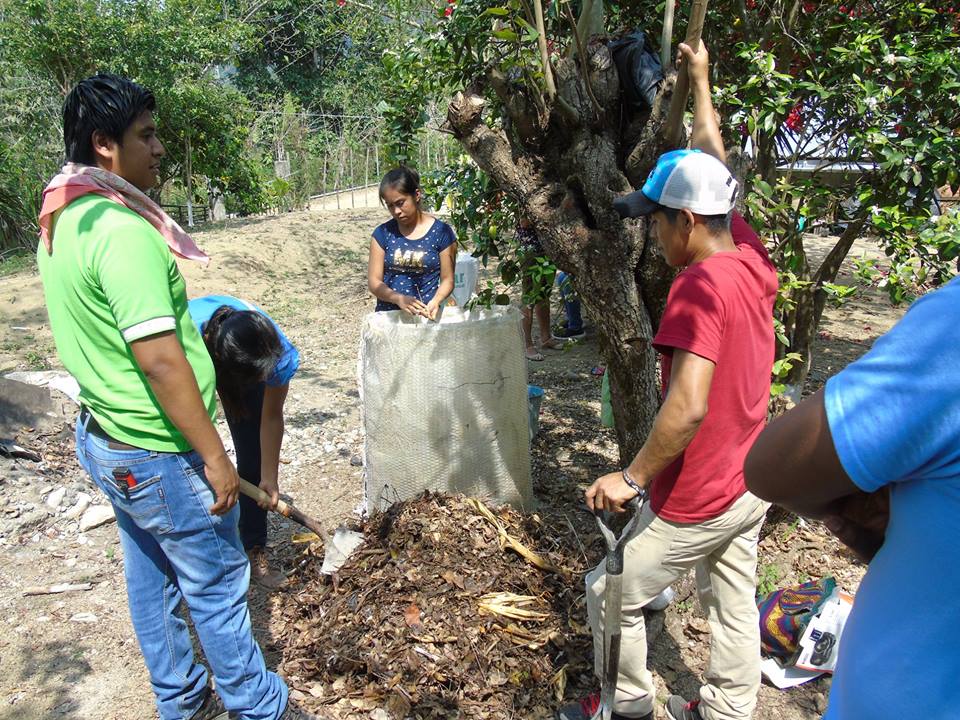 Photo ©
Protección de la fauna Mexicana
Photo ©
Protección de la fauna Mexicana
First, please read our COVID-19 Recommendation.
Composting is a way to recycle your food scraps and other plant materials into rich, healthy soil to grow your plants. All living things need certain essential nutrients to grow and live. In nature these elements can be very precious so it’s important to make good use of them. This is why composting is a naturally occurring process – the nutrients from one living thing return to the earth for other plants and animals to use. When you use compost in your garden or for your houseplants they will have some of these important elements to help them grow beautifully!
Objective: To recycle organic material and make compost. Compost is created from breaking down many forms of animal and plant life, such as leaves, grass, wood, natural fibers, hair, and food waste.
Materials
- 1/3 part dry matter (leaves, grass, wood shavings, straw, or fibers)
- 1/3 part organic kitchen/home matter (food scraps like fruit peels, vegetable skin, eggshells, coffee grounds, etc.). DO NOT include meat, fat, bones or dairy to make your compost!
- 1/3 part soil (decrease this amount if your soil has a lot of clay)
- Water
Instructions
- Mix equal parts of dry matter and food scraps and soil.
- Add water until the mixture is moist. Take a handful of the material and squeeze it. It should neither drip nor feel dry like sand.
- If you have an open space outdoors you can create a pile and cover it with a tarp or something that prevents it from getting too wet. You can make a welded wire bin or use a trash bin. If you don’t have an outdoor space, don’t worry! Composting can be done inside a container with some air exchange such as a loose lid or towel.
- You should allow this mixture to rest, stirring a couple of times a week. Depending on weather where you live, you might have to add more water or dry matter depending on the consistency of your compost. Just make sure that the compost isn’t too wet or too dry.
- The decomposition can take three to five months. When your compost is done it should be dark brown and crumbly, like soil.
When you have the consistency that you’re happy with, your compost is ready! It can be used to nourish your plants. In the garden add a layer of compost and gently mix in into the soil. Healthy plants in the garden may provide habitat for your local birds. For potted plants replace about half of the soil in the pot with your compost, mix it with the remaining soil and re-pot the plants.
What NOT to Include in your Home Compost
Certain wastes can attract pests or take a very long time to break down. For this reason, you do not want to put the following items in your compost pile. They can attract rodents and other pests and cause you a lot of trouble maintaining your compost pile, so when in doubt keep them out!
- Meat, dairy, and excess of oil or fat.
- Pet waste
- “Compostable” silverware and plates. (Unless these items are made of thin wood or bamboo then they can be included)
For more information about composting, visit:

Written by Ashley Calderon, Julia Luna. Edited by Corey Hasson and Debra Nero